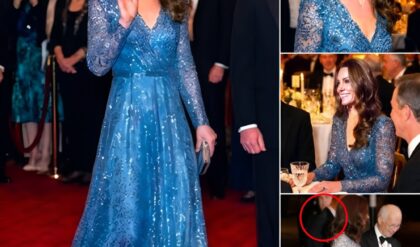Within the X-Men universe, few relationships are more immutable than the love triangle between Wolverine, Jean Grey, and Cyclops. Wolverine adores Jean. Jean, depending on the situation, adores Wolverine and Cyclops equally. Cyclops wants to punch Logan, and the feeling’s mutual. Aside from 2019’s X-Men run implying the three resolved their dilemma via polyamory, this relationship loop is inescapable — except for a defining outlier on Wolverine’s part.
During an interview with Chris Claremont and John Byrne for the June 2004 issue of Back Issue: The Ultimate Comics Experience, the influential writer and artist dissected their contributions to Wolverine’s evolution from side character to leading man. Their discussion includes who inspired Logan’s greatest non-Jean love. For those familiar with FX’s Shōgun series, the answer’s in the name.
Who Is Mariko Yashida in ‘X-Men’?
For this Back Issue interview, John Byrne revealed Mariko Yashida’s origins. One of the most important figures of Wolverine’s life, Bryne attested: “Mariko was mine. I had just read Shōgun, which Chris had not read at that point. I just absolutely wanted to steal that character, just shamelessly steal the character.”
Author James Clavell‘s Shōgun novel was published in 1975 and became a cultural watershed moment. Mariko Yashida debuted in 1978’s The Uncanny X-Men issue #118. Although she’s a side character and therefore not as instantly recognizable as Jean Grey, a founding X-Men member, Wolverine adored Mariko enough to almost marry her. The pair meet in Japan when the X-Men ally with Mariko’s cousin, Shiro Yoshida/Sunfire, to defeat an unknown threat. Before the inevitable fights break out, Wolverine finds Mariko in her mansion’s garden.
An elegant and refined woman, Mariko is the head of Clan Yashida in her father Shingen’s absence. She’s intelligent, empathetic, and reserved, making her similarities to Shōgun‘s Lady Mariko clear. Future plot points do the same through her marriage to an abusive man she doesn’t love, forming a doomed romance with the foreign Wolverine, and her untimely death. Before then, Logan and Mariko feel an instant spark. She draws a surprising gentleness from him, a demeanor his teammates notice. Logan even gifts Mariko with a white chrysanthemum before leaving Japan.
How Do Wolverine and Mariko Yashida Fall in Love?
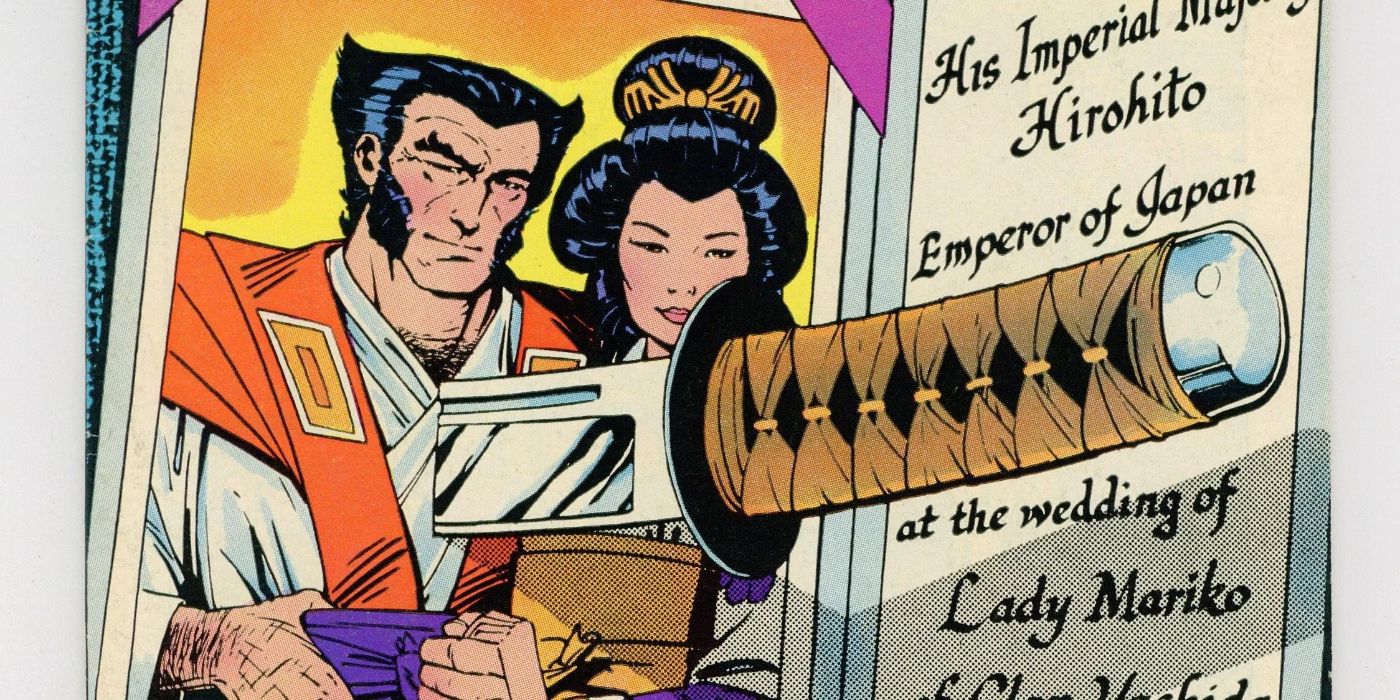
Their tentative courtship progresses when they accidentally cross paths in New York. Once they’re separated again, they keep their long-distance relationship active by exchanging love letters. Then, Mariko’s father, Shingen, reappears. Until now, she didn’t know her father, whom she presumed dead, was a Yakuza crime lord. Shingen reassumes control over the family’s assets and orders Mariko into an arranged marriage to settle a debt. Because Mariko devotes herself to duty and honor, she reluctantly obeys. Once a demoralized Logan learns the truth, he intervenes on Mariko’s behalf, only for her to verbally reprimand him and Shingen to defeat him in a duel.
How Claremont and Byrne present their Mariko also demonstrates her differences from the Shōgun text. The former isn’t as deeply drawn even compared to James Clavell’s Eurocentric and Orientalist novel. According to John Byrne, “She was created to die,” but not before challenging people’s ideas of Wolverine. Chris Claremont elaborated:
“We wanted to do something that played against type. We wanted to use him to illustrate that the readers weren’t the only ones who had misconceptions about the character, that there were levels to him, that he was not just this one-dimensional killing machine. […] What kind of girlfriend would he have? You run down a list of possibilities, and with Mariko we basically wanted to trump all those preconceptions and just say, “Ha ha! This is the girl he chooses to fall in love with: the absolutely, impossibly unattainable vision of purity.”
John Byrne added, “I know she got quite a bit tougher after I left. But she was supposed to be the delicate flower, the porcelain doll that he just instantly falls totally in love with because she’s everything that he’s not.”
How Is Mariko Yashida Different From ‘Shogun’s Mariko?
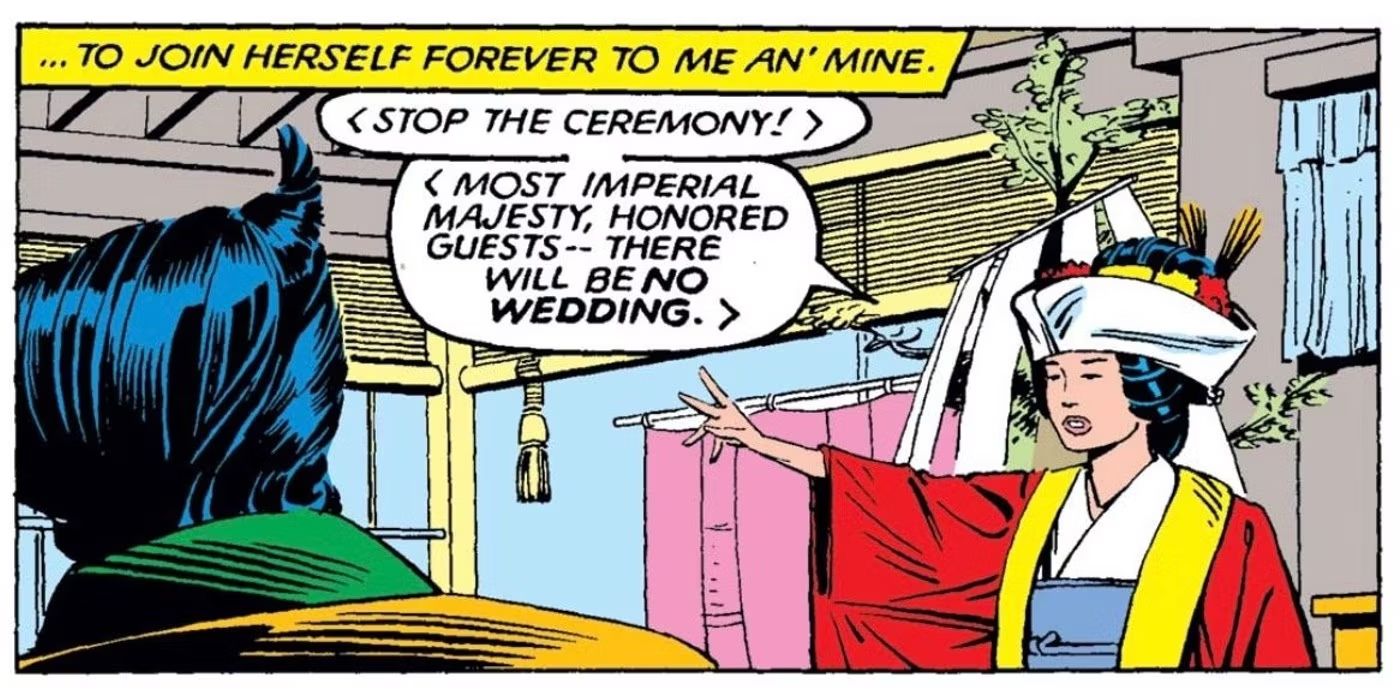
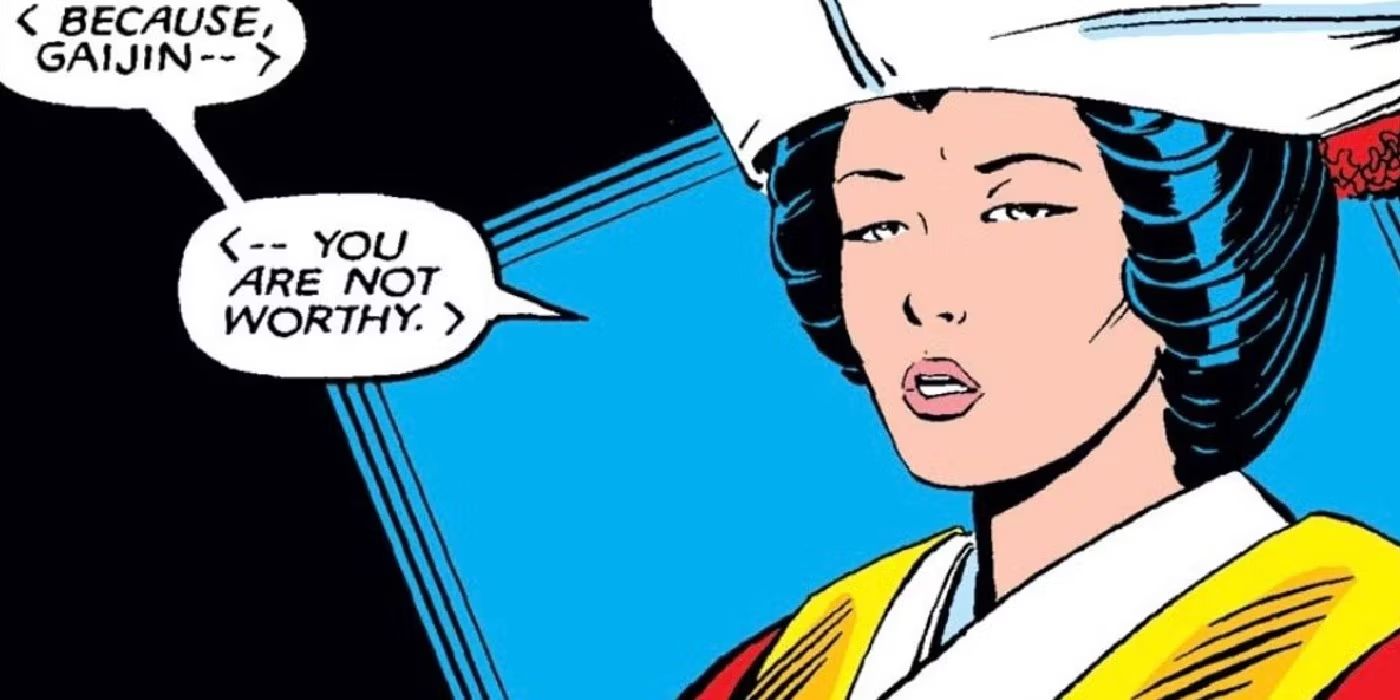
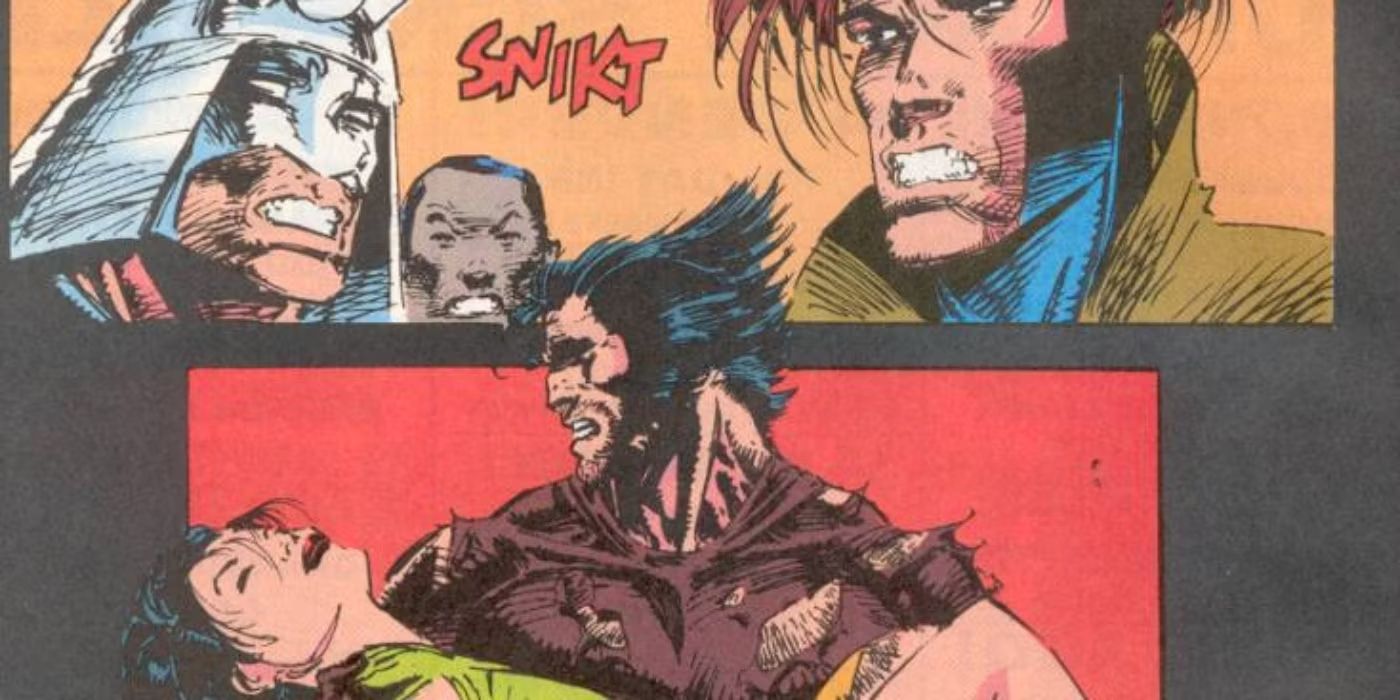
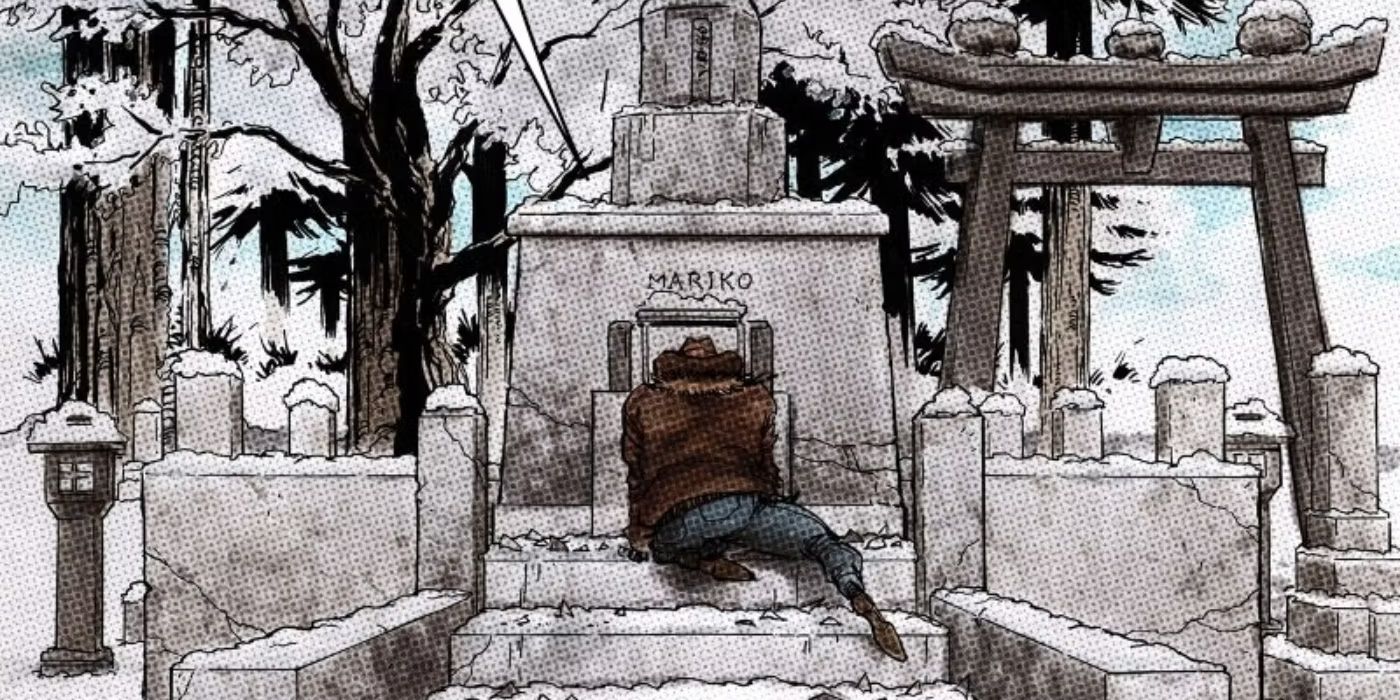
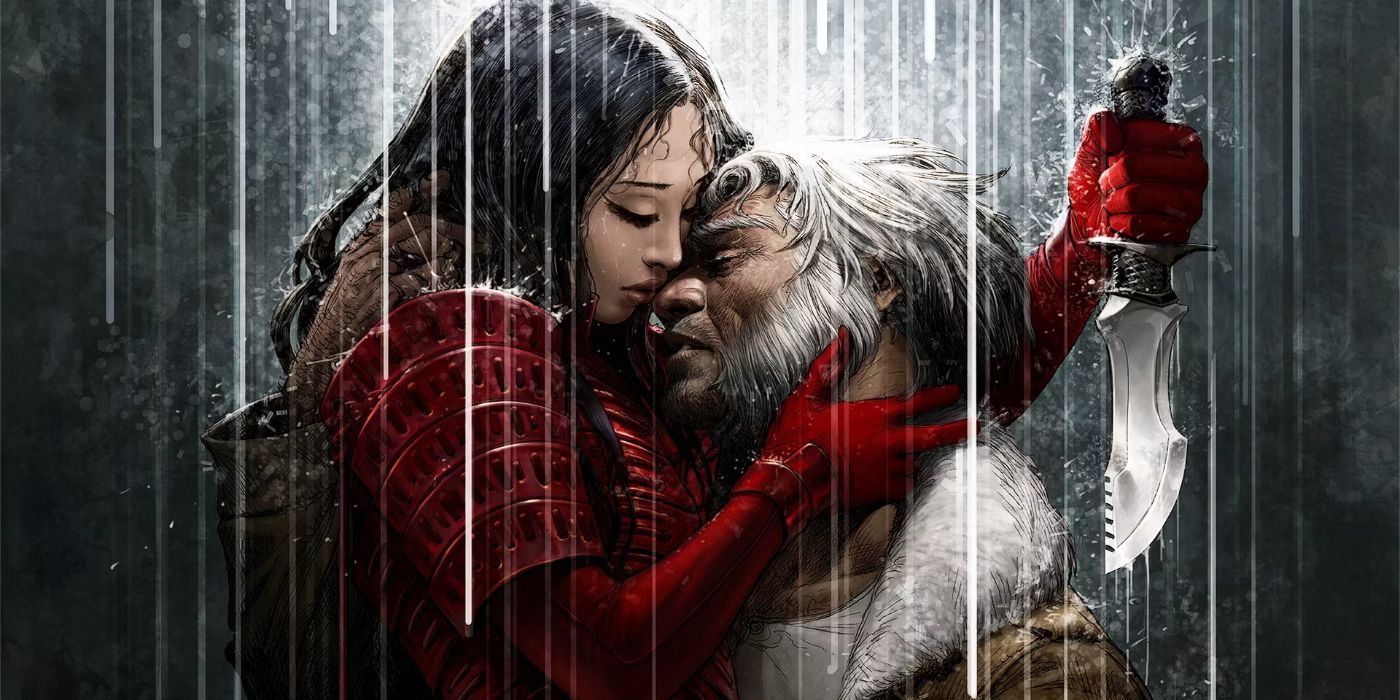
This limiting concept does Mariko a disservice. She doesn’t exist independently of Wolverine, her life and death framed through the demands of furthering his character. Still, Mariko shows flashes of complexity beyond the stereotypes. The father who returned isn’t the man she fondly remembers. Why should she honor his will by staying married to a cruel man, especially since Shingen traded her away like an object? Still, with her family’s legacy at stake, Mariko hesitates. Once she witnesses Shingen’s cruelty firsthand, she resists, declaring that his actions dishonor the Yashida name she strives to uphold. Mariko’s moral center is absolute and formidable, just like her muse.
Mariko defying Shingen frees her to marry Wolverine — almost. Master Mold, the X-Men’s Sentinel foe, manipulates her into abandoning Logan and resuming her father’s criminal ties. It’s part of a larger plot to demolish the X-Men. The guise fails, leaving Mariko devastated but vowing to redeem the Yashida legacy. Only once she’s atoned for their sins can the marriage proceed. It’s a long wait, but Logan’s devoted patience endures.
Ultimately, the Hand tires of her interference and assassinates Mariko with tetrodotoxin. Logan mercy kills his beloved at her request. The powers that be unfairly condemn Mariko to hell, and she’s forced to torture Logan during his brief sojourn into the fiery abyss. Aside from alternate universes where the two find happiness (or the opposite, when the Hand resurrects Mariko as the brainwashed Scarlet Samurai in Old Man Logan), Mariko’s story concludes with her soul trapped in eternal torment.
‘The Wolverine’ Is the Best Version of Mariko
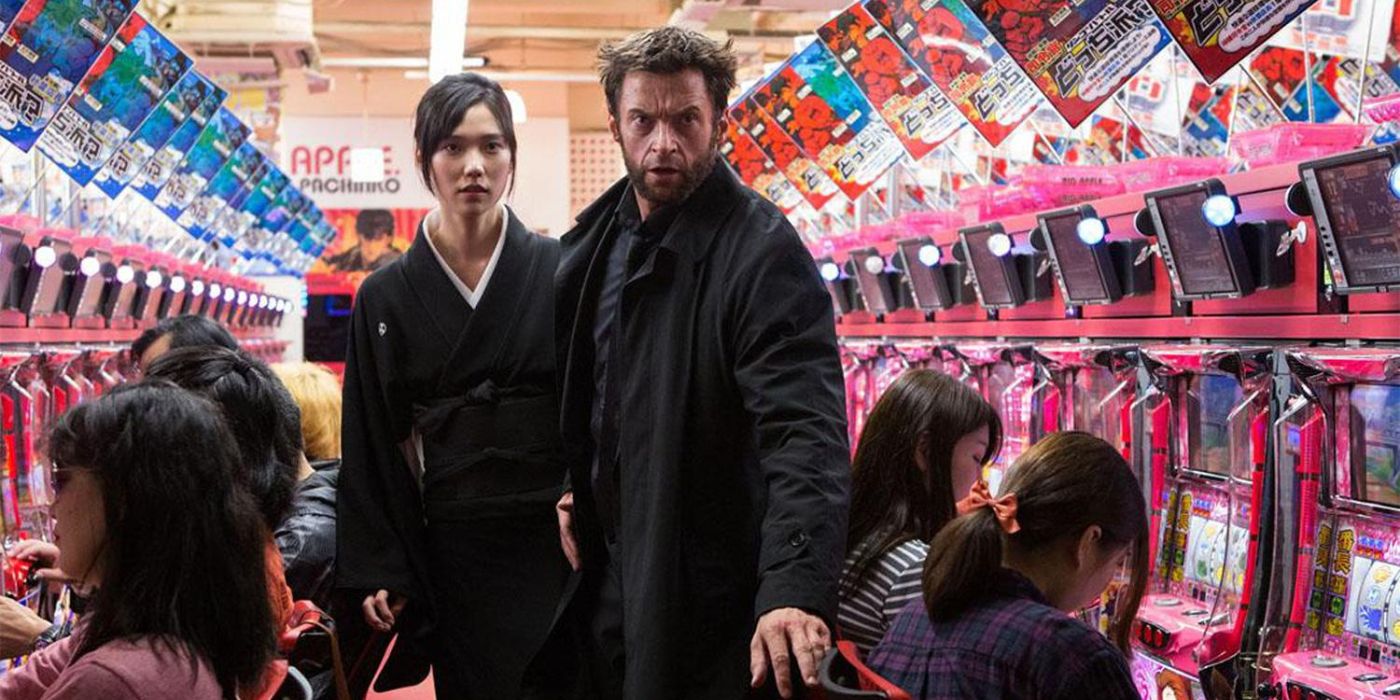
Despite her importance, Mariko is largely absent from onscreen adaptations. Her most prominent and successful outing is the underrated The Wolverine. Logan director and scribe James Mangold‘s first time at the Wolverine helm breathes deserved life into Mariko’s character. Played by Tao Okamoto, she falls in love with Logan (Hugh Jackman) without her being a trophy, a damsel, or a motivator. Her goals belong to her. She doesn’t die, either; their break-up is regretful but mutual. And who plays Mariko’s father, you ask? Hiroyuki Sanada, the modern Shōgun‘s Lord Toranaga. Talk about coincidence.
In Back Issue, Chris Claremont stated that the Mariko arc wouldn’t have happened without the Dark Phoenix event preceding it. For a time, Jean Grey’s death was permanent. They introduced Mariko as a romantic option for Wolverine just like Madelyne Pryor emerged as Scott Summers’s new love interest. “Then [Jean] came back and things got complicated again,” Claremont aptly summarized.
Japanese Cinema and Culture Influenced ‘X-Men’s’ Wolverine
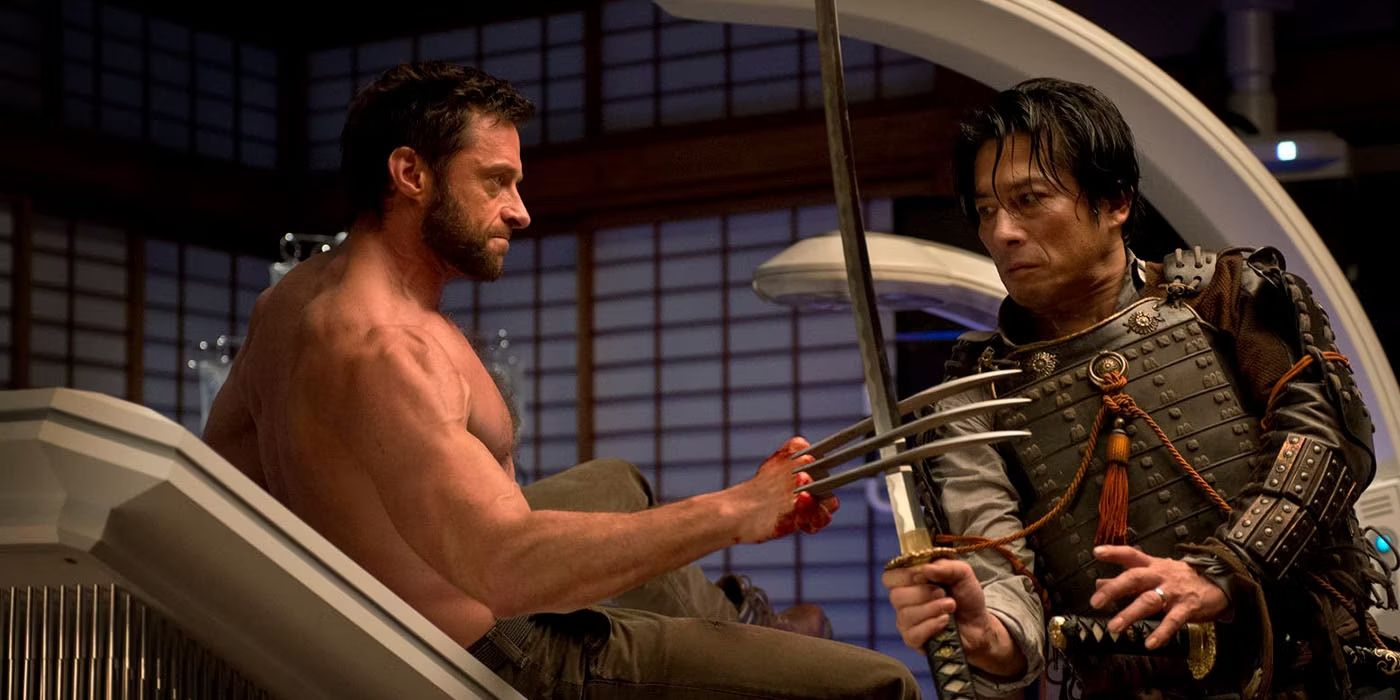
Aside from transposing Mariko from Shōgun to X-Men, Toshiro Mifune‘s performances in director Akira Kurosawa‘s films Sanjuro and Yojimbo — Mifune also played Lord Toranaga in the 1980 Shōgun miniseries — influenced Claremont and Byrne’s approach to Wolverine’s moral code. Although drawing heavily from samurai culture leans toward appropriation, the unintentional result is Logan echoing John Blackthorne’s characteristics: an emotionally contradictory warrior. Claremont explained:
“[Wolverine’s] force of character should be so extreme, intense, formidable, the claws should be the last thing that come out […] Drawing of the samurai sword: It is not a casual thing. There should be an air of gravitas about him, in the sense that he walks into a bar and he can quiet the place, clear it out, with just a look. Not because he’s doing anything horrible or mean or bullying anyone. It’s just that if you’re standing in a bar, and a sabretooth tiger walks into the room, you run for it.”
As Back Issue notes, Claremont and Byrne’s collaborations make them the most significant creative pair in the X-Men world after originators Stan Lee and Jack Kirby. Byrne’s contributions in particular saved Wolverine from irrelevancy. He shared: “Chris told me at one point, ‘We’re going to write Wolverine out because we don’t know what to do with him.’ […] I stamped my little foot and said there is no way you’re writing out the only Canadian character. And so I made him mine.”
The rest is history (or days of future past). 20th Century Fox’s X-Men franchise made Wolverine’s scruffy profile inseparable from X-Men media and kickstarted Hugh Jackman’s career. As of 2024’s upcoming Deadpool & Wolverine, Jackman has played the part eight times, minus cameos. As far as we know, Mariko won’t be joining the Deadpool party. At least we have Anna Sawai‘s volcanic performance to fill the gap.





